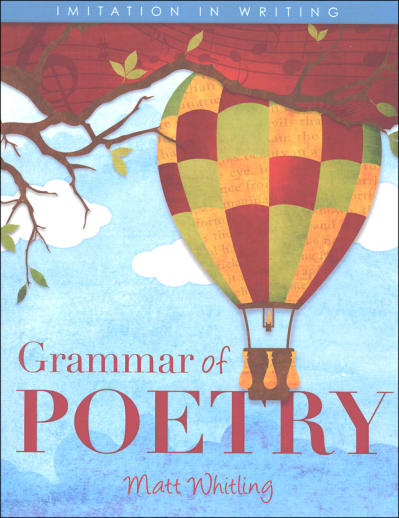An excellent resource, this book teaches students to write poetry by studying the forms and styles of great writers such as Shakespeare, Scott, Tennyson, and Longfellow. Students then complete a number of practice activities which reinforce the concepts learned.
The student workbook contains 30 lessons. It is recommended that three lessons be covered each week. Each lesson takes approximately 30 minutes to complete.
As the teacher you will likely want to read through the new concepts at the top of the page with your student. Concepts covered in this volume include: simile, rhyme, how to use a rhyming dictionary, metaphor, meter, pun, iamb, personification, trochee, synecdoche, anapest, hyperbole, dactyl, onomatopoeia, alliteration, rhetorical question, refrain, oxymoron, spacial poetry, and euphemism. The student will then work through the activity. After every few lessons, review questions are given to insure that the concepts are retained and to provide additional practice of previously-covered information. Upon the completion of this program, the student should have mastered several figures of speech called tropes. A cumulative test is also included. Teacher's edition contains teaching instructions as well as completed student pages. ~ Rachel

